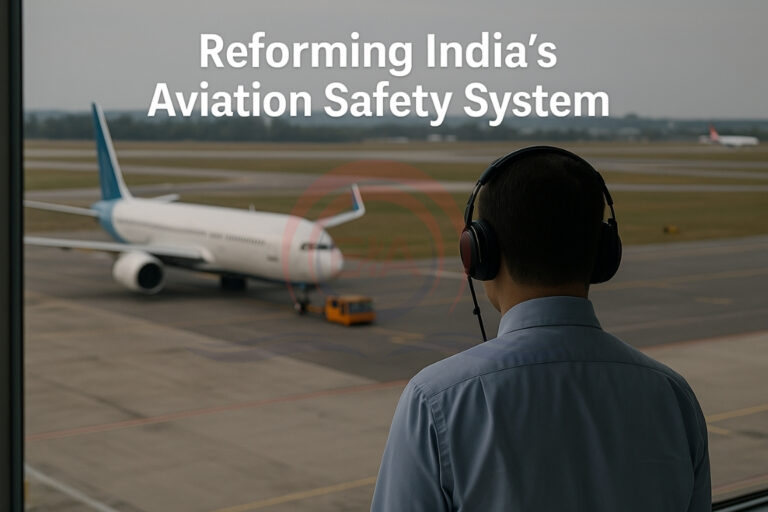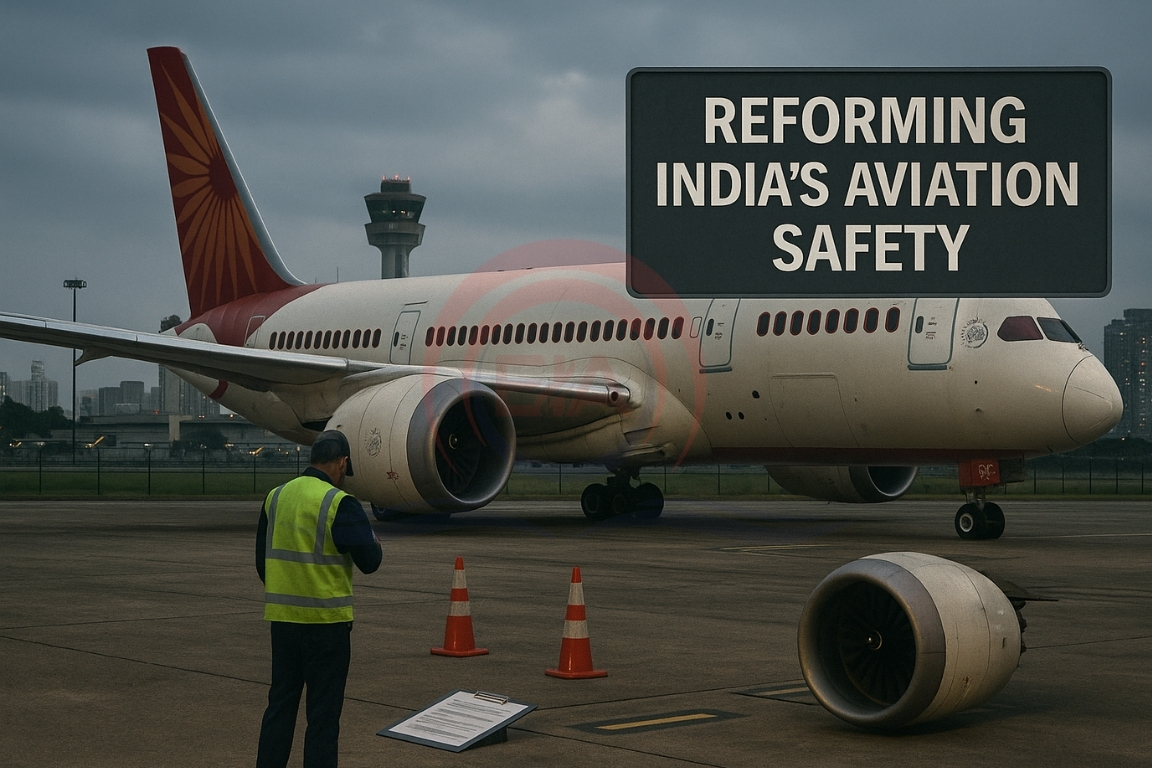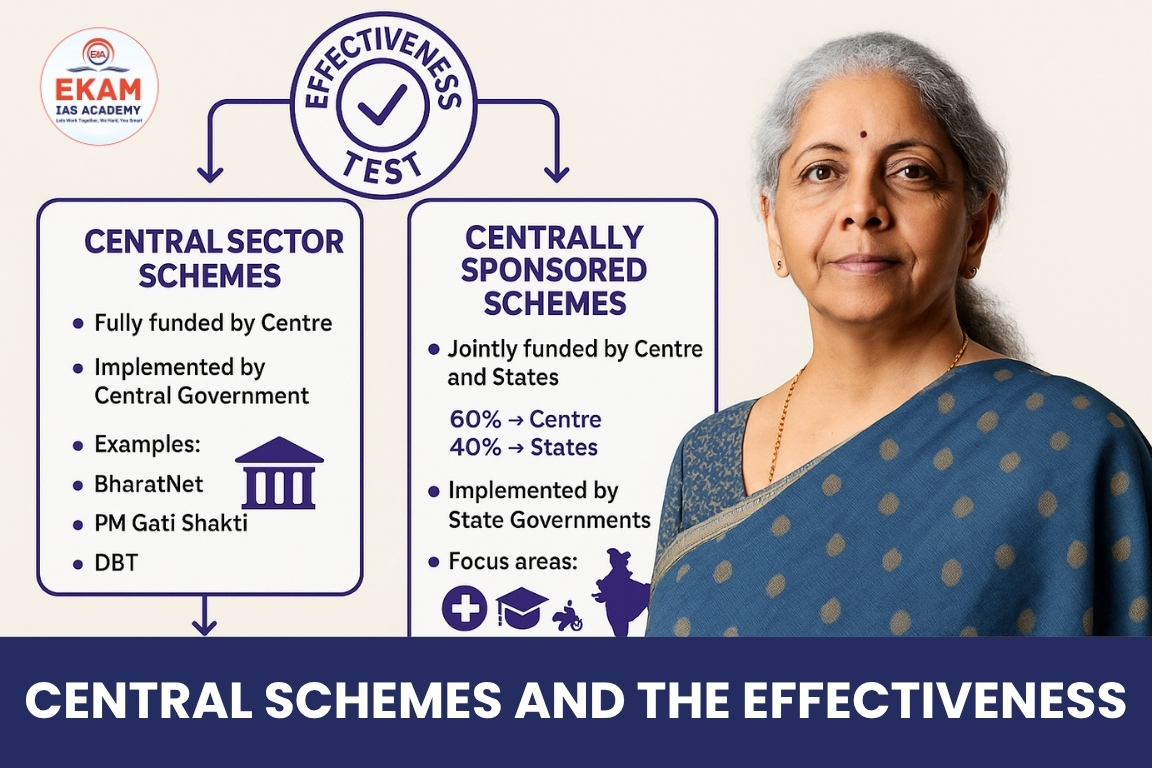The preliminary report by the Aircraft Accident Investigation Bureau (AAIB) on the Air India Boeing 787 crash in Ahmedabad (June 12, 2025) has sparked concerns due to inconclusive findings and highlighted deeper systemic flaws in India’s aviation safety ecosystem.
Structural Issues in the Aviation Safety System
- Fragmented Responsibility
- Airlines manage aircraft and crew;
- Airports & air traffic are managed by AAI;
- DGCA regulates all stakeholders;
- MoCA oversees DGCA and AAI.
- Swiss Cheese Model of Accidents
- Accidents arise from multiple small failures across systems—when they align, disasters occur.
Judiciary’s Role and PILs
- Over 15 PILs filed to address aviation risks ignored by regulators.
- Bombay High Court’s intervention in 2016 saved lives by stopping unsafe construction near Mumbai airport.
- Judiciary needs to become more proactive and less reliant on the State’s technical inputs.

Obstacle Hazards Around Airports
- Post-2008, regulatory oversight weakened.
- Buildings approved near airports violate height restrictions and interfere with radars & communications.
- Navi Mumbai airport starts with a displaced threshold, limiting runway use from Day 1.
Core Safety Concerns
- Aircraft Maintenance: DGCA allows tasks to be delegated to under-qualified technicians. Duty limits for Aircraft Maintenance Engineers remain unimplemented.
- Flight Crew Fatigue: Flight duty limits are violated, causing mental and physical fatigue. Pilots are denied mobility, increasing pressure and regulatory breaches.
- ATC Staff Shortage: Severe shortage of air traffic controllers (ATCOs) with no licensing reforms. Duty limits for ATCOs ignored, despite recommendations after Mangaluru crash.
- Whistle-blower Suppression: Individuals reporting violations face transfers, demotions, or termination, silencing safety concerns.
Conclusion:
Aviation accidents are not isolated incidents, but consequences of systemic neglect and poor oversight. Judiciary must reassess compensation norms and enforce greater accountability.





